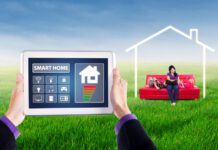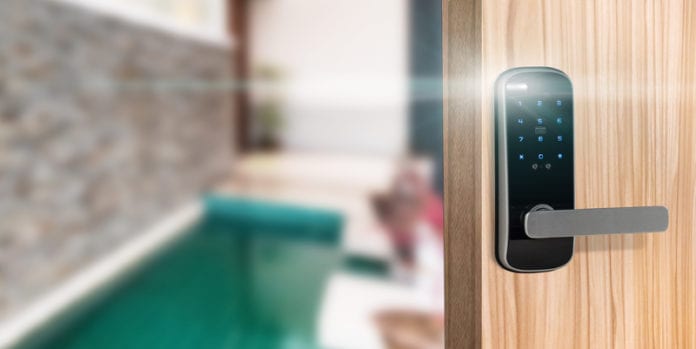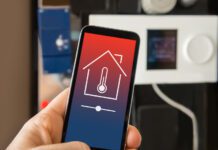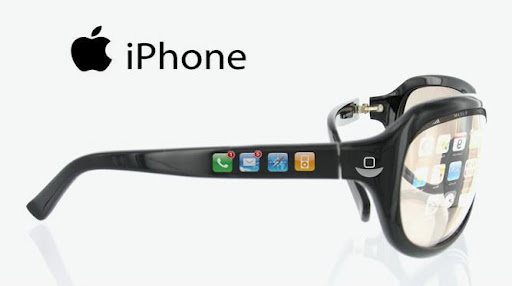Advancements in information technology and communication, coupled with associated computational power are offering a wide range of applications and systems for turning homes into smart homes. Although the idea of a smart home might seem far-fetched in some parts of the world, the technology is already here and gaining much popularity. A recent study indicated that 2017 was one of the best years for smart home companies. Furthermore, the future seems more promising with the industry set to realize $53.45 billion by 2022.
What is a Smart Home?
Your home might already be smart to a certain degree if you already have automated appliances using electronic controllers and built-in sensors. Basically, a smart home contains various electronic and electric appliances wired to a central computer system that controls their operation, or are connected and communicating with each other over Wi-Fi.
The concept of smart homes is more advanced than simple automation of things like your home heating system or automated dishwashers. The idea introduces a centralized home control system. Usually a computer programmed to monitor and handle most of the tasks that you do on your own.
Here are some of the ways technology is turning old homes into smart homes:
Integrating Devices
There two ways that you can get yourself a smart home today. First, you can have your old house retrofitted with technological devices and appliances that will make it smart. Second, you construct a home with smart technology built in from the ground up.
In both cases, integration of devices is made possible through the Internet of Things (IoT) and the use of smart appliances. For instance, you can lock up, turn lights on and off, and deactivate alarms using your smartphone or other designated electronics.
Remote Surveillance and Security Systems
The ability to install smart appliances and control various functions of your home using computer systems has also necessitated the need for surveillance. Technology has made it possible to enhance the security systems of your home using smart surveillance security systems like remotely controlled cameras and motions sensors among others. Many of these home security or surveillance systems can be monitored from your smartphone or another personal device.
Home security and surveillance play a particularly important role for aging family members. Access to technology can make all the difference for seniors. While there are activity monitors and other tech solutions for seniors, smart home features can ensure an extra level of security for your loved ones as they age.
Energy Efficiency
Technology has made it possible for the appliances and devices in your home to consume energy in a more efficient manner. Smart home appliances utilize technology that empowers your devices to turn off and on automatically, because of this they are reducing energy wastage. In addition to these smart devices, homes can also embrace renewable energy sources, such as solar panels. Solar panels work to protect the environment and save money on home energy bills.
Enhanced Control, Customization, and Efficiency
Using smart home technologies, you can become more efficient in how your control everything in your home. You can use geofencing to set up your whole system and control it from your phone with little to no hassle. From stretching from adjusting radio volume to maintaining security, to running appliances efficiently from a single centralized system. You do not need to manually control everything since devices automatically adjust to your preprogrammed preferences.
Overall, technology advances have introduced various ways and appliances for smart homes that provide enhanced comfort, convenience, security, surveillance, and convenience. In other words, you can say that like other things that technology touches, smart homes are the future of households.
Here are a couple more articles we think you’ll enjoy!





















